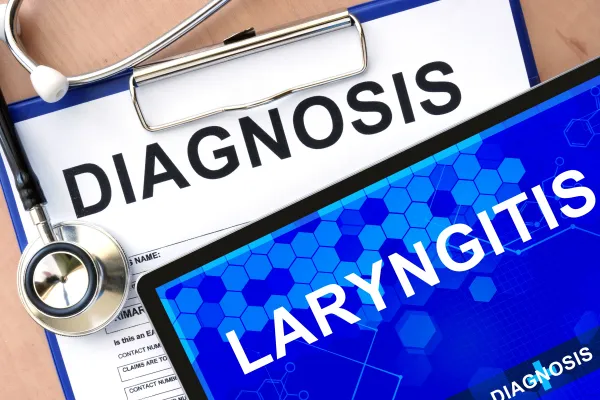Otolaryngology Coding Alert
ICD-10:
Diagnosis 473.8 Will Have Similar Descriptor in October
Published on Mon Aug 17, 2015

You’ve reached your limit of free articles. Already a subscriber? Log in.
Not a subscriber? Subscribe today to continue reading this article. Plus, you’ll get:
- Simple explanations of current healthcare regulations and payer programs
- Real-world reporting scenarios solved by our expert coders
- Industry news, such as MAC and RAC activities, the OIG Work Plan, and CERT reports
- Instant access to every article ever published in Revenue Cycle Insider
- 6 annual AAPC-approved CEUs
- The latest updates for CPT®, ICD-10-CM, HCPCS Level II, NCCI edits, modifiers, compliance, technology, practice management, and more
Related Articles
Other Articles in this issue of
Otolaryngology Coding Alert
- Code Update:
Check Out the New Category III Endoscopy Codes Released in July
Caution: You won’t be able to report them until 2016. The American Medical Association (AMA) [...] - Reimbursement:
CMS Announces Proposed Changes to 2016 - Some Good, Some Bad
The biggest issue is RVU reduction. Preparing for your 2016 fee updates will be good [...] - ICD-10:
Diagnosis 473.8 Will Have Similar Descriptor in October
Just one more detail will separate it from your current choice. When your otolaryngologist diagnoses [...] - You Be the Coder:
The Correct Code for Flexible Laryngoscopy
Question: Our otolaryngologist administered a laryngeal injection through a flexible scope. How should I code this?? [...] - Reader Questions:
Diagnosis 765.10 Will Shift to P07.00 or P07.10
Question: One of my doctors is a pediatric otolaryngologist, and he sees a lot of patients [...] - Reader Questions:
Code Separately for Alloderm Graft With 15275
Question: The surgeon performed 30420 including cartilage grafts and an Alloderm graft. My understanding is that [...] - Reader Questions:
Start With 709.2 for Visit Due to Trach Site Pain
Question: A patient came to our office for evaluation of her trach tube with pain at [...] - Reader Questions:
Get Clear Documentation of E/M With VNG Testing
Question: Our audiologist performed a VNG test in our office. We reported codes 92540, 92543, 92547, [...] - Reader Questions:
Turn to 42299 for CAPSO
Question: What is the CPT® code for a cautery-assisted palatal stiffening operation (CAPSO)? Louisiana Subscriber Answer: CPT® [...]
View All




